Introduction to Sedum Plants
When it comes to versatile and robust perennials, sedum plants are the unsung heroes of many gardens. These succulents come in an array of colors, shapes, and sizes, making them the perfect candidates for adding that splash of interest your garden might be missing. Imagine walking through a garden and stumbling across a patch of ‘Autumn Joy’ sedum, with flowers ablaze in hues of pink and copper as summer gives way to fall—this is the kind of enduring beauty that sedums offer.
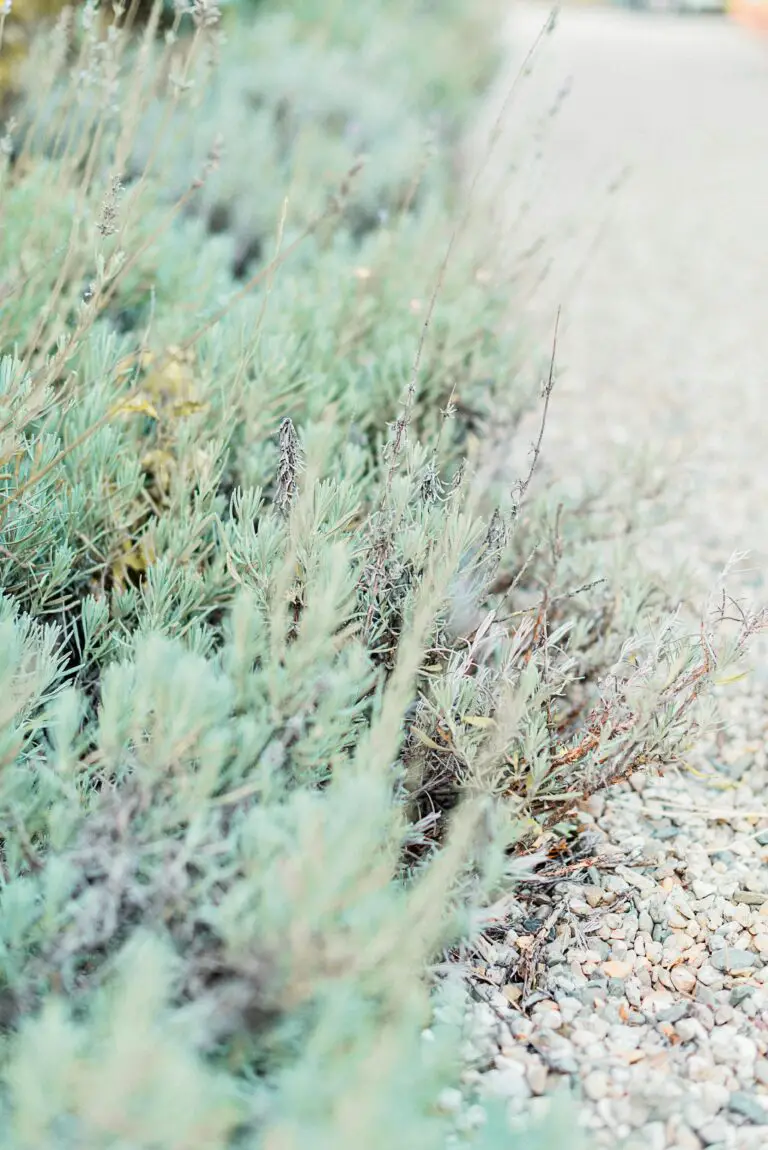
But it’s not just about aesthetics; sedum plants are a practical choice for the eco-conscious gardener. Known for their drought resistance, these hardy plants flourish even in challenging conditions, where more delicate blooms might languish. As such, they’re an excellent ally in the fight against water waste. Moreover, sedums are not only resilient but also incredibly easy to grow, which is why they’re often recommended to novice gardeners looking to season their green thumbs.
One particularly striking variety, the ‘Dragon’s Blood’ sedum, carpets the ground with a dense mat of deep red leaves, and springs to life with star-shaped flowers when many other plants are starting to tire. Just picture it nestled between stepping stones, transforming a simple path into a vivid tapestry of life. Despite their impressive show, maintaining these plants is a breeze. In fact, a plethora of sedum varieties await the gardening enthusiast, each bringing its distinct personality and resilience to the table.
As we delve deeper into the mystery of why your sedum may not be blooming, it’s essential to appreciate these plants for what they are—low-maintenance, drought-tolerant, and aesthetically diverse heroes of the garden. They remind us that sometimes, the most impressive traits are found in the ability to thrive against all odds.
Understanding Sedum Blooming Cycles
When you’re trying to pinpoint the reason behind your sedum’s absence of blooms, it’s essential to start with the basics: the blooming cycles of these succulent perennials. Seasonal shifts bring about significant changes in the garden, and sedums are no exception. Generally, sedums herald in their flowers in the later stages of summer, transitioning into the crisper tones of autumn. This is the time when gardeners eagerly anticipate the vivid displays that many sedum varieties are known for.
Think of it as the sedum’s grand finale before the curtain call of winter’s frost. As the days get shorter and the nights grow cooler, these hardy plants punctuate the green tapestry of the garden with splashes of pinks, reds, and gleaming golds. Creating the perfect conditions for sedums to bloom involves understanding their full blooming potential throughout these key months.
In the heart of the season, amidst the hustle of pollinators and the warmth of the sun, sedums come into their element. Their blooms are not only a feast for the eyes but also a bounty for wildlife, providing sustenance for bees, butterflies, and other beneficial insects. Each variety of sedum has its unique timing and presentation, which can be delightfully unpredictable, adding to the allure and mystery of these succulent treasures.
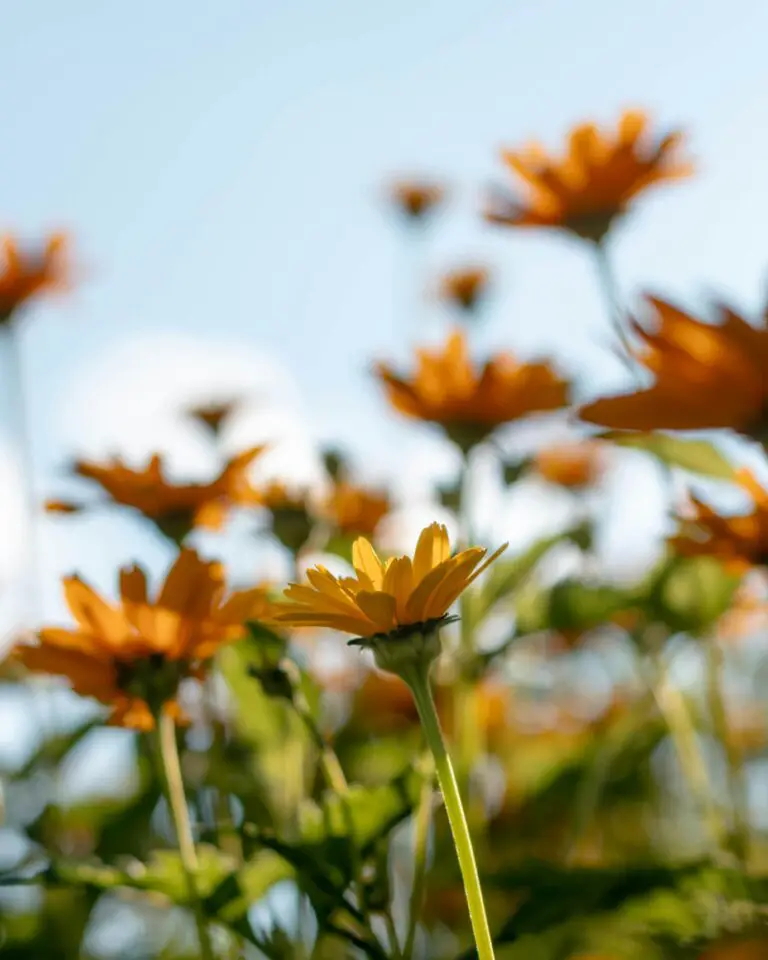
Real-life examples abound in the world of gardening enthusiasts—who often share tales of their ‘Autumn Joy’ sedum standing tall with robust rosy blooms, while their ‘Purple Emperor’ displays a royal flush of deep purples. In contrast, conditions may lead to the ‘White Diamond’ variety taking a more modest approach, gracing the garden with gentle, ivory clusters.
It’s this seasonal symphony, choreographed by nature’s own hand, that sets the stage for sedum’s blooming cycles. So, if your sedum isn’t joining the botanical ballet this year, consider the cues it’s been given: has it basked in enough sunlight, been privy to the right care, and sown in the suitable soil to encourage a spectacle of blooms? Remember, patience is just as much a part of gardening as pruning shear or potting soil.
The Top Reasons Your Sedum May Not Be Blooming
Welcome to the curious case of the non-blooming sedum! It can be puzzling when these succulent beauties don’t show off their vibrant flowers, much like that one barren bush in a garden full of lush plants. Fear not, for we’re about to dig into the root causes of why your sedum might be holding back on its floral fireworks.
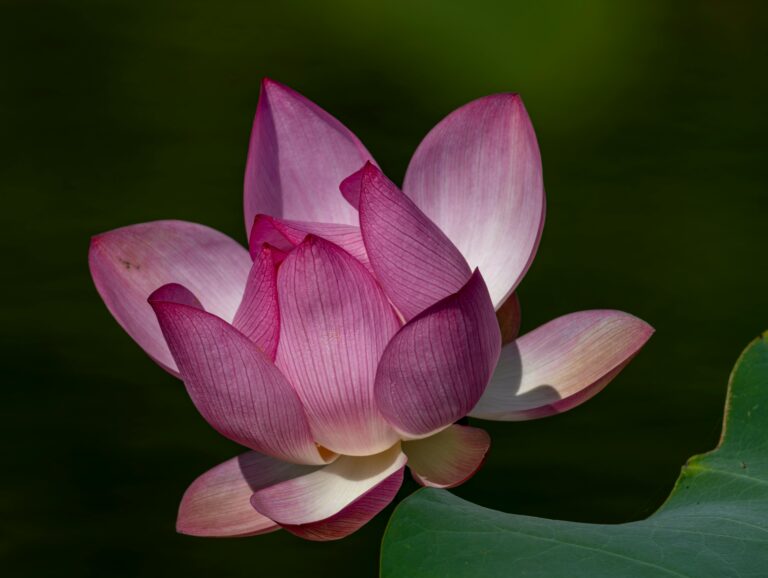
Firstly, consider the sunlight shuffle. Sedum, the sun-loving starlet of succulents, may sulk in the shadows. Picture a sedum planted beneath a tree that’s grown substantially over the years, gradually stealing the spotlight and leaving your sedum to wither in the wings. Ensure your sedum gets its time to shine by positioning it in a sun-drenched spot.
Another chapter in this bloom-less tale could be a soil saga. Much like a gourmet chef’s need for top-notch ingredients, sedum demands well-draining soil to whip up its floral concoction. Poor soil conditions—a wet, heavy, or clay-laden bed—can lead your sedum to protest with a lackluster performance.
Then there’s the attention aspect. Consider the care for sedum plants, as even hardy breeds yearn for a little tender, loving care. Overzealous attention, however, particularly in the form of fertilizer overkill, can nudge your sedum toward a leafy growth spurt at the expense of buds.
Let’s also address the trimmed too early error. If you’ve had a zealous snip session with your shears early in the season, you may have inadvertently deadheaded your sedum’s chances of blooming. Time your trims like a maestro, steering clear of budding nodes where future flowers reside.
An often-overlooked factor is the age-old adage of patience. Much like waiting for a fine wine to mature, some sedum varieties may simply require time to establish themselves before bursting into bloom. Speaking of maturity, a sedum may also cease to bloom if it gets too comfortable with its years. Dividing and rejuvenating older plants can help restore their youthful vigor.
In the grand scheme of greenery, sedum remains a resilient character. Take a stroll through our garden of knowledge to discover where these hardy flowers thrive and how to nudge your nursery to greatness. Remember, the secret to a blooming sedum lies not just in the care you give but also in understanding its language—light, soil, water, and the gentle passage of time.
The Importance of Sunlight and Location
Ever wondered, “why doesn’t my sedum bloom?” Well, buckle up, gardeners, because it turns out that the secret to those enviable, lush blooms might just be as straightforward as where you plant your sedum and how much sun it soaks up. It’s not just about planting and hoping for the best—location, location, location is as true in real estate as it is in the realm of succulents!
For starters, sedums are solar-powered bloom machines. Without enough rays, they’re like a sports car with no fuel—fancy, but stationary. These sun-loving succulents need a golden ticket of full sunlight for at least six hours a day to hit their blooming stride. Think about it: Have you ever placed your sedum in the shade and noticed a lackluster performance? You’re not alone! Sedums tucked away in dim corners are like undercover agents; they just don’t stand out.
Now, let’s talk shop about the real estate of your garden. Imagine a sedum planted in a crowded spot, overshadowed by taller plants. It’s like being stuck in the middle seat on a long flight—not exactly the place to thrive, is it? Your sedum needs room to bask in the sun’s glory, like a VIP in a poolside cabana. Giving your sedum the prime sunny spot could very well be the game-changer you’re looking for.
Remember that neighbor whose sedum is always showing off those vibrant flowers? Here’s a little neighborhood gossip: Chances are, they’ve got their plants positioned in a well-draining location that gets all the spotlight from sunrise to sunset. The angle of sunlight, the time of exposure, and even the quality of that sunny goodness can make or break your sedum’s star performance on the blooming stage.
For a closer look at how sunlight exposure and location can lead to thriving blooms, let’s take a visual tour. Here’s a video that dives into the care of Sedum Adolphi, with handy tips on sunlight exposure and perfect positioning for your succulent star.
So, whether you’re a green thumb rookie or a seasoned garden guru, taking a closer look at the role of sunlight and location might just give your sedum the bloom boost it’s been yearning for. Scoot those pots around, find that sweet spot in the sun, and watch as your sedum thanks you with the floral fireworks show of the season!
Soil and Water: Getting the Balance Right
When your sedum refuses to show off its blooms, it’s easy to scratch your head and wonder what’s missing. Imagine planting a sedum and waiting eagerly for those showy flowers, only to be met with unyielding greenery. But, before you start questioning your green thumb, let’s dig into the earthy secrets of soil and water—a duo that plays a pivotal role in the flowering of Sedum. It’s not just about sticking your plant in the ground; it’s about creating the perfect home for it to thrive.
Consider the case of Suzie, a novice gardener who planted her Sedum in a spot she thought was ideal. Despite following the basic guidelines, she was left with a flowerless Sedum. The culprit? The balance between soil quality and water management. Just like Goldilocks’ porridge, soil for Sedum needs to be just right—not too hard, not too soft, but perfectly crumbly with a drainage that tells excess water, “This isn’t a pool party!”
Soil that’s too dense is like a persistent crowd at a concert that won’t let you get to the front row—roots can’t breathe, and vital nutrients can’t flow. Similarly, if the soil is too loose, water and nutrients zip through faster than a shopper on Black Friday, leaving your Sedum parched and underfed. The ideal is a well-draining, nutrient-rich environment that makes roots feel like they’ve found their forever home.
Water management is the other half of this blooming equation. Overwatering your Sedum is akin to forcing it to wear a raincoat in the desert—it just doesn’t need that much hydration. These hardy succulents are drought-tolerant and prefer living on the edge, taking just enough sips to sustain their seductive charm. Balancing the soil and water not only promotes flowering but also prevents root rot and invites beneficial organisms to the soil party.
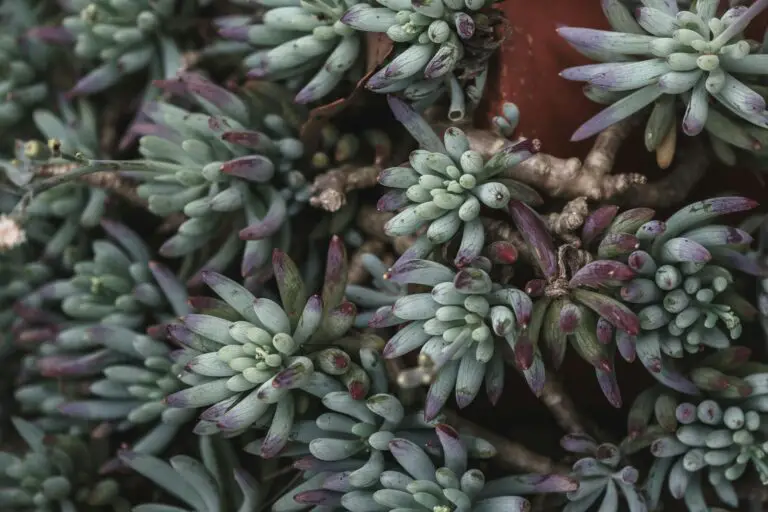
It’s important to remember that Sedum is not demanding; it’s simply misunderstood. With the right soil structure and a watering routine that mimics their natural habitat, these succulents will reward you with a floral fiesta. It’s not magic, it’s just the delicate dance of gardening—where every step, from soil aeration to the frequency of watering, leads to a bloom-filled crescendo. So, test your soil, adjust your watering can, and prepare for the Sedum spectacle!
Fertilization: Boosting Sedum’s Bloom Potential
Ever wondered what’s the secret sauce to a spectacular sedum show in your garden? Well, hold onto your hats, because fertilization might just be the key to unlocking all that vibrant floral potential! It’s like giving your sedums a little pep talk, saying, “Come on, buddies; it’s time to strut your stuff and bloom like you mean it!”
Now, let’s talk turkey – or rather, fertilizer. You see, sedums are like those low-maintenance friends we all love; they don’t need much to thrive. But a little nudge in the right form of nutrients can go a long way. Think of it as fortifying their diet with some extra vitamins to make sure they’re on top of their blooming game. The goal here is to be the Sedum Whisperer, knowing just when to dangle that tasty treat of fertilizer to coax out those shy flowers.
A light sprinkle of a balanced, slow-release fertilizer as spring kicks into gear can be just the wake-up call your sedum needs. Imagine this: It’s like that first sip of morning coffee, except for plants. A gentle nudge that says, “Hey, sunshine’s here, let’s get those blooms rolling!” Now, don’t get carried away; more isn’t always better. Over-fertilizing is akin to overfeeding; it just makes your sedum lazy and all leaf, no flower. A delicate balance ensures your sedum is the belle of the ball, rather than a wallflower.
Real-life examples, you ask? Picture this: Joe Gardener, from next door, was puzzled over his lackluster sedum. A little birdie told him too much nitrogen was the culprit – it was like his plants were on a leafy green diet, with no room for dessert – blooms, that is. A tweak to his fertilizing approach, and voilà – a sedum spectacle that had neighbors peeking over the fence in awe!
So, when you’re out there, whispering sweet nothings to your green buddies, remember the magic words: ‘Fertilize, but sensibly.’ It’s the not-so-secret recipe to a blooming sedum sensation that’ll make your garden the talk of the town!
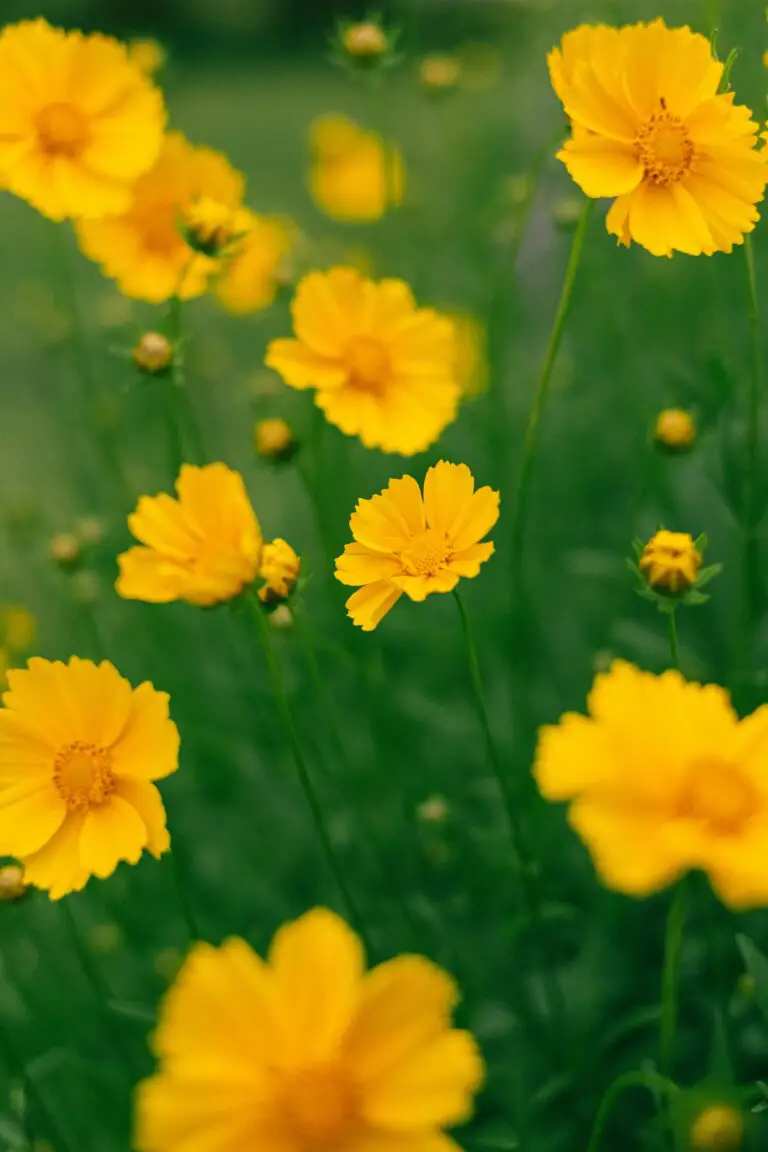
Pruning and Care: Encouraging Sedum Flowers
Is your garden missing the vibrant hues of Sedum blooms? Have no fear; a little snip here and a trim there might just be the secret sauce! Sedum, or “stonecrop,” is known for its hardiness but even the toughest plants need a bit of TLC to show off their best. Let’s dig into some top-notch advice tailored to coax those shy Sedum flowers out of hiding.
Get Snippy with It: Pruning isn’t just for the overgrown shrubs blocking your view of the neighbor’s quirky garden gnome. Sedum benefits greatly from a timely trim. In the spring, once you spot new growth, it’s time for action. Trim off any dead material from the previous year. This not only tidies up your Sedum but also encourages a flush of fresh growth, boosting the odds of a floral fiesta.
Remember Sarah’s garden from down the street? She’s the one with the Sedum that’s the envy of the neighborhood every summer. Sarah swears by the “Chelsea Chop.” Around late spring — close to the Chelsea Flower Show, hence the cheeky name — she reduces her Sedum plants by about one-third. This method results in a more compact plant that’s less likely to flop over and is packed with blooms. Why not give it a whirl and go for the chop?
Feast, Not Famine: Those succulent leaves of Sedum store water, making it a drought-tolerant trouper, but this doesn’t mean it wants to starve. To have a blooming marvelous show, you’ve got to feed your Sedum some scrumptious snacks. A balanced, slow-release fertilizer applied in the spring will treat your Sedum to all the nutrients it craves, setting the stage for blooming success.
Now, if you’ve been tickling your Sedum with too much nitrogen-rich fertilizer, you might be encouraging a foliage fiesta instead of a blooming bonanza. Kick back on the nitrogen and say hello to phosphorus-rich meals that promote those budding beauties. It’s like choosing a protein shake over a candy bar — both are tempting, but only one builds a blooming bicep!
Sedum Sun Salutations: Much like sunbathers soaking up the rays, Sedum plants are sun worshippers. To coax your Sedum into bloom, you’ve got to make sure it’s basking in full sunlight. A minimum of six hours of direct sunlight is the golden rule for these succulent stars. If your Sedum’s not getting enough light, it becomes the introvert at the garden party — present, but not showing off its true colors.
Last summer, my neighbor Tom discovered his once-flourishing Sedum had become a lanky wallflower. The culprit? A fast-growing maple that was hogging the limelight. After giving the maple a strategic trim, the Sedum was once again soaking up the sun, and by season’s end, it was back to being the life of the bloom party. So, check your garden’s light situation; sometimes the shade casters are sneakier than they seem!
If you’re nodding along but still seeing a bloomless Sedum, persistence is key. Picture Linda’s garden — she didn’t see results immediately, but with consistent care, her Sedum finally burst into a symphony of color. Show your Sedum some love, and with these tips, you’ll be on your way to a blooming oasis. Ready to see those seductive Sedum blooms? Roll up your sleeves, and let’s get gardening!
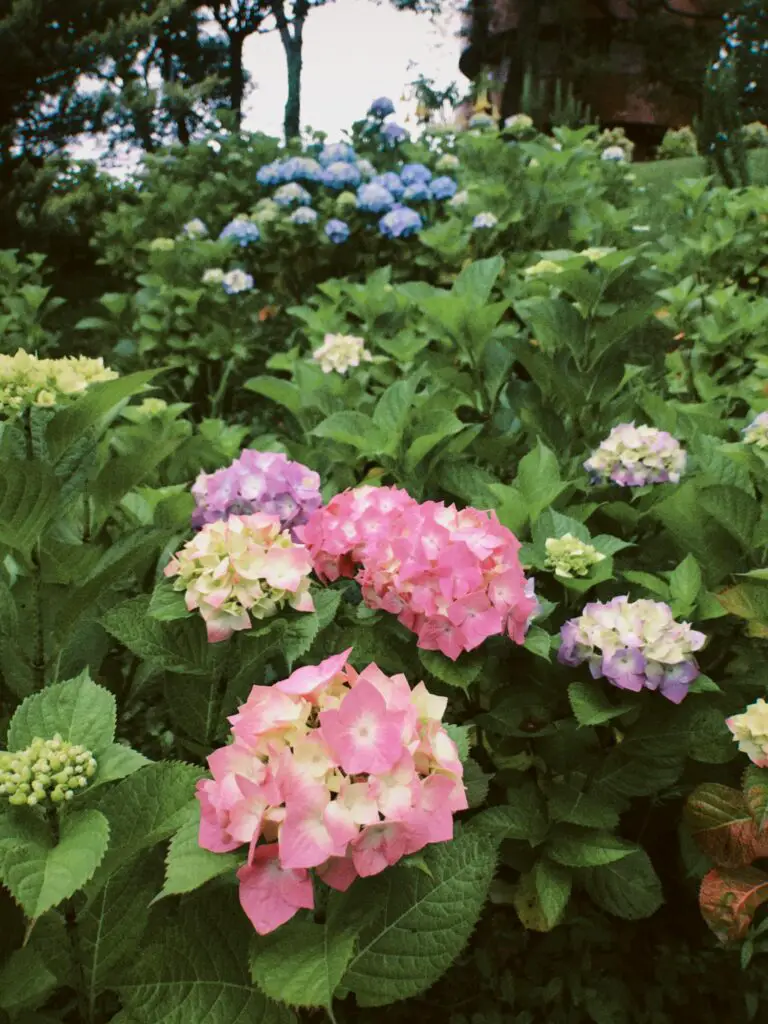
Troubleshooting Tips for Non-Blooming Sedum
When a sedum plant fails to show off its vibrant blooms, it’s natural for gardeners to scratch their heads in puzzlement. But fear not! There’s an arsenal of troubleshooting tips at your disposal to coax those shy flowers into the spotlight. Think of your sedum as a sleeping beauty needing just the right nudge to awaken.
First things first, assess the lighting conditions. Sedum thrives in a Goldilocks zone—not too shaded, not too bright. Imagine your plant, like a sunbather, yearning for that perfect tan; too little light and it won’t flourish, too much and it may retreat. Ensure your sedum is basking in full to partial sunlight to achieve its blooming potential.
Next up, let’s talk soil. Sedum isn’t fussy, but it demands well-draining land. Imagine your plant with rain boots on; it likes to wade through a puddle quickly rather than wallow in mud. Overly moist soil could be the culprit behind your sedum’s bloom-less state. Consider amending your earth with sand or gravel to improve drainage and create a cozier home for your sedum’s roots.
Now, consider the diet you’re offering your green friend. Over-fertilization can lead your sedum down a path of lush foliage at the expense of flowers. It’s like feeding a child too much candy before dinner—it fills up, but it doesn’t get the right nutrition to grow. Cut back on the high-nitrogen fertilizers and watch for signs of a more balanced growth, one that promises buds and blooms.
Give thought to the age and variety of your sedum. Some are late bloomers, while others might be too young to strut their floral stuff. If you planted your sedum from seeds or cuttings this season, patience is key—like waiting for a fine wine to mature. In contrast, if your plant is mature but still stubborn, consider that certain varieties have a naturally different timetable or may be less floriferous.
And lastly, don’t underestimate the power of proper maintenance. Overcrowding can lead to a shy sedum hiding its blossoms. It’s like being the wallflower at a dance, waiting for a chance to shine. Give your sedum space by dividing and transplanting if necessary, allowing each plant its moment in the sun.
Implementing these tips can be a game-changer for your sedum’s performance. Remember, sometimes a little tweak is all it takes to turn a stage with no show into a botanical ballet. Now, roll up those sleeves and bring the bloom back to your garden with newfound confidence!

Frequently Asked Questions
As gardeners, we often find ourselves scratching our heads, pondering over botanical puzzles. One such enigma is the lack of blossoms on a normally vibrant Sedum plant. “Why doesn’t my sedum bloom?”—this question waves through gardening forums and backyard conversations alike. Let’s dig through some common queries to shed light on this mystery.
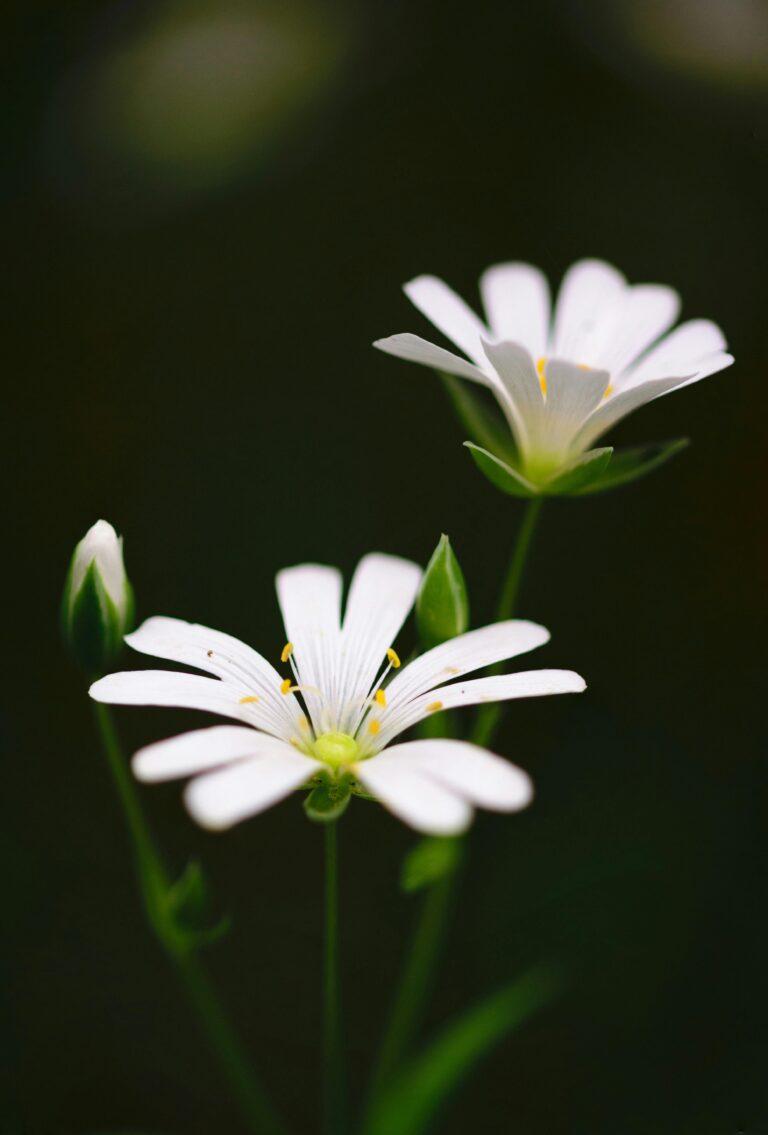
Is My Sedum Getting Enough Sunlight?
Imagine yearning for the warm embrace of the sun but dwelling in the shadow instead—that’s often the plight of a non-blooming Sedum. These succulent beauties are sun worshipers, requiring a golden touch to flourish. A Sedum stuck in the dappled light or, worse, the gloom of full shade, is like a painter sans palette, unable to express its true potential in splashes of color.
Have I Overindulged My Sedum with Nutrients?
It’s a well-meant blunder—showering our green friends with rich feasts of fertilizer. More food equates to more energy, right? Not quite. When we pamper Sedum with an excess of nutrients, we unwittingly coax it towards lush foliage at the expense of blossoms. The greenery thrives, robust and verdant, yet the flower buds are conspicuously absent, as if deciding there’s simply no room at the inn.
Could It Be the Variety of Sedum I’ve Planted?
Sedum comes in a multitude of eclectic variants, each with its own blooming playbook. Peer closely at the labels when you pick your plants. For instance, the ‘Autumn Joy’ variety might unfurl its blooms as summer waves goodbye, while ‘Dragon’s Blood’ paints the garden red mid-summer. Planting a late bloomer when you’re anticipating spring fireworks is like setting your watch to the wrong time zone—you’ll always miss the main event.
Is My Garden Home to a Pest Party?
In the unseen nooks of your garden, a rager could be happening. Pests, those uninvited guests, nibble away at Sedum with the stealth of cat burglars. They sap the strength of your plants, turning robust stalks into mere shadows that can no longer uphold the weight of blooms. Vigilance is key—keep an eye out for telltale signs of infestation and act swiftly to safeguard your green treasures.
Am I Using the Right Watering Technique?
Water—the essence of life, yet too much of a good thing can spell disaster. Root rot, the silent assassin, often lurks in sopping soil, ensnaring unwary Sedum. These plants seek balance, craving just enough hydration to slake their thirst without drowning. A light touch and well-draining soil are your best allies in this delicate dance of moisture.
Ultimately, why doesn’t my sedum bloom?
It’s an intricate fusion of factors—light, care, variety, and health. Like troubadours listening for the perfect note, we must attune ourselves to the subtle needs of our Sedum. Interlace these insights with astute observations of your own garden, and soon you’ll unwrap the puzzle, coaxing your sedum plant to erupt in joyful profusion, a testament to your green-thumbed prowess.
Preventing Future Bloom Problems
So, your sedum is taking a year off from its floral showcase? No worries! Let’s turn that frown upside down and pave the way for jaw-dropping blossoms in the coming seasons. Think of it as a backstage prep session for your garden’s next big hit!
First things first: Sedums are like the rock stars of the plant world—all they ask for is a sunny spot to bask in the limelight. When scouting for locations, remember that these succulent sensations thrive with plenty of sunshine. More sun equals more energy to belt out those blooms!
Now, I know you might be thinking, “But I’m already giving them sun!” True, but are you giving them the right vibes? Nurture them with well-draining soil that won’t leave their roots soaking in a puddle. Waterlogged roots are a no-go for these drought-tolerant divas. Instead, let the soil dry out before offering another drink. It’s like setting the perfect stage for an encore performance—dry with a chance of flowers!
Speaking of performances, remember the saying “feed me, Seymour”? Your sedums might not be as vocal as Audrey II from Little Shop of Horrors, but they’ll silently cheer for a nutrient boost. A slow-release fertilizer at the start of the growing season acts like a backstage pass to blooming success, fueling them for their upcoming solo.
But beware, my fellow green thumbs, as the tale of the overzealous gardener looms. These plants don’t need a buffet, just a well-balanced snack. Overfeeding can lead to lanky, weak sedums that can’t support their flower-filled dreams. Think quality over quantity to keep those stems sturdy and ready to hold a floral crown fit for garden royalty.
Lastly, don’t forget to give your sedums some room to groove. Crowded conditions can spark a drama-filled soap opera in your garden, opening the stage for disease and pests. Space them out to let the air flow and the good times roll. It’s like booking a private dressing room for each plant—exclusive, breezy, and oh-so-important for the show to go on!
Imagine the sight: sturdy sedums adorned with vibrant blossoms, the reward for your dedication and tuning into their needs. Follow these spotlights to success, and your garden’s next season will be headlining in every local garden show review!
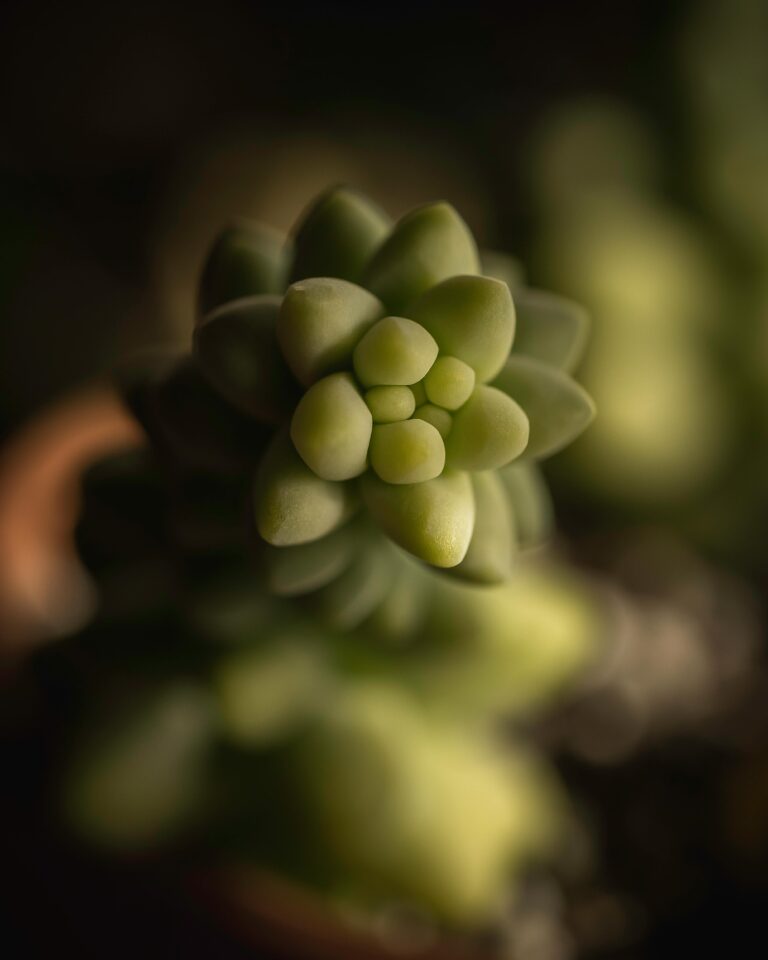
Unfolding the Petal Puzzle: Proactive Steps for a Flourishing Sedum
As we’ve explored throughout our green-thumbed journey, sedums are more than just succulents—they’re a beacon of color and life in our gardens. Yet sometimes, despite our best efforts, they stand stubborn with buds unopened, the promise of blooms unfulfilled. You may find yourself wondering, “why doesn’t my sedum bloom?” Well, garden aficionado, it’s time to unclasp the answers from nature’s grip.
First and foremost, let’s revisit the essentials: sunlight and soil. Your sedum is a sun worshipper, craving those golden rays to transform into stunning starbursts of flowers. If you’ve planted your sedum in a shadowy nook, consider this an open invitation to a sunnier residency. Soil, too, holds secrets to a sedum’s success—a well-draining home is a lush bed for blossoms to thrive.
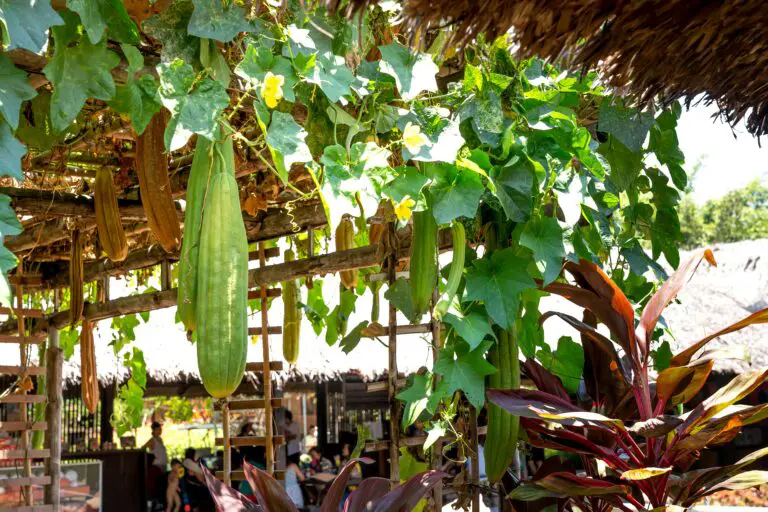
Imagine a sedum plant under the eaves of a summer café, leaves plump with hydration yet flowers unseen. Why? Overwatering might be the silent saboteur. In trying to give our plants love, we can sometimes drown them in affection—literally. Keep the watering can at bay, and let the sedum sip as it pleases from nature’s own offerings. Additionally, be vigilant of voracious visitors. Pests and plagues can prey on your precious plants, halting the hope of blooms. A proactive patrol with natural remedies can fortify your floral fortress.
Remember Ted, your neighbor, boasting about his bloom-laden sedum? The secret might lie in the simple act of compassion, a snip here and there. Pruning encourages your sedum to concentrate its energy where it matters—hello, flowers! Take a lesson from Ted and arm yourself with shears. But not all sedums are created equal, and sometimes, it’s in their very nature to shy away from the spotlight. If you’ve inherited a variety less inclined to bloom, research could unveil a more floriferous kin.
In the grand tapestry of gardening, patience is the thread that weaves success. It’s not enough to plant and pray; nurturing our gardens demands a dialogue with nature. Listen to her whispers, attend to her needs, and act with a gardener’s intuition. Then, perhaps, you’ll stand back as your sedum surges into a symphony of color, a spectacle of blooms that sings, “Here I am, world!” And on that day, you’ll know that the mystery of “why doesn’t my sedum bloom” is one you’ve unraveled with your own hands.
The Bloom Boom: Taking Charge for a Bedazzling Garden Show
So there you have it—the essence of encountering and overcoming the conundrum of a non-blooming sedum. It’s about tuning into the frequency of floral needs, implementing change, and observing the transformation. Let’s put into practice the illumination we’ve shared: march outdoors, survey your garden, and make those pivotal adjustments. With a blend of knowledge, care, and a dash of optimism, you’re on your way to cultivating a garden that buzzes with life and bursts with color.



